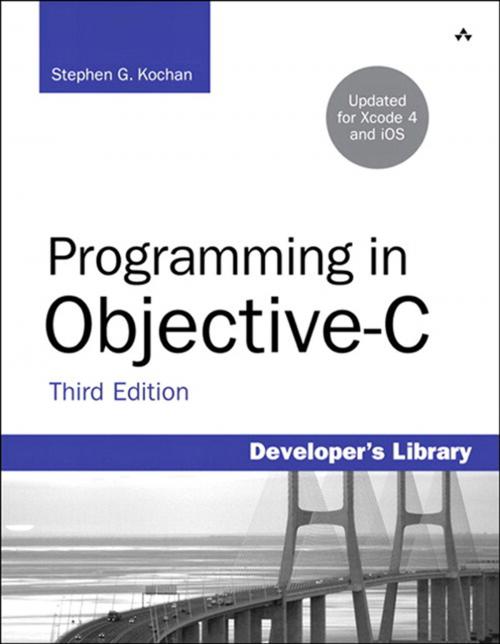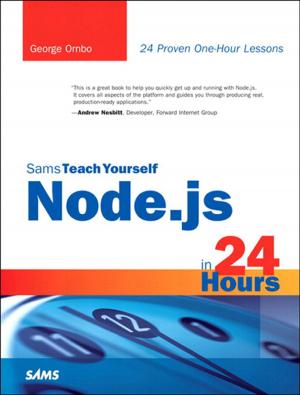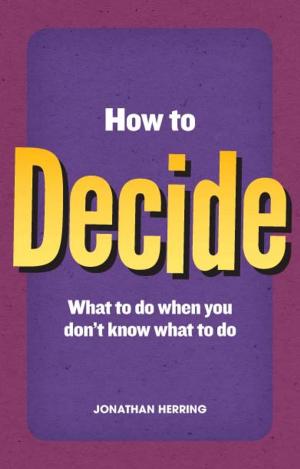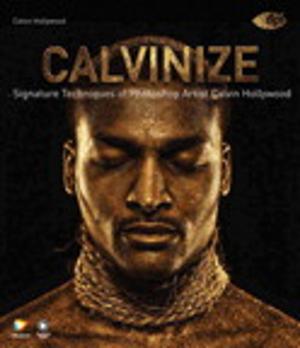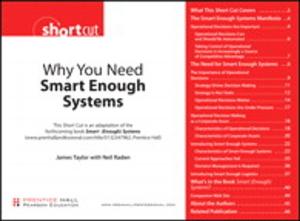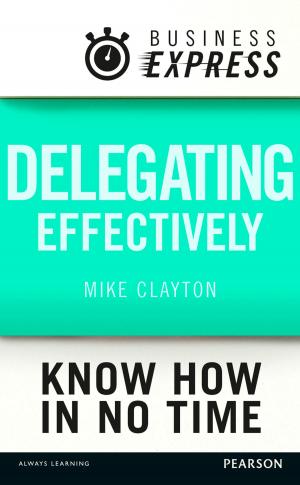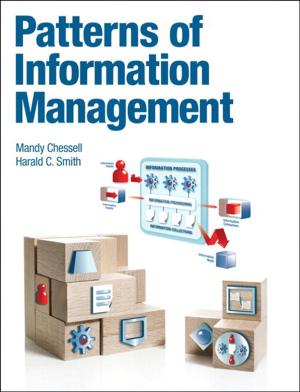| Author: | Stephen G. Kochan | ISBN: | 9780321712158 |
| Publisher: | Pearson Education | Publication: | June 10, 2011 |
| Imprint: | Addison-Wesley Professional | Language: | English |
| Author: | Stephen G. Kochan |
| ISBN: | 9780321712158 |
| Publisher: | Pearson Education |
| Publication: | June 10, 2011 |
| Imprint: | Addison-Wesley Professional |
| Language: | English |
Programming in Objective-C is a concise, carefully written tutorial on the basics of Objective-C and object-oriented programming for the iOS and Mac platforms.
The book makes no assumptions about prior experience with object-oriented programming languages or with the C language (which Objective-C is based upon). Because of this, both beginners and experienced programmers alike can use this book to quickly and effectively learn the fundamentals of Objective-C. Readers can also learn the concepts of object-oriented programming without having to first learn all of the intricacies of the underlying procedural language (C).
This unique approach to learning, combined with many small program examples and exercises at the end of each chapter, makes Programming in Objective-C ideally suited for either classroom use or self-study. While the Objective-C language itself has gone through relatively minor changes since the introduction of Objective-C 2.0, the Apple development tools that programmers use for Objective-C development on the Mac and on iOS have changed significantly in a very short period of time.
The third edition of Programming in Objective-C includes numerous updates and improvements throughout the book:
Improved organization for some chapters Incorporation of feedback and suggestions from members of the author's forum for readers, including more detailed descriptions for some of the examples A new introduction to blocks with examples Replacement of deprecated methods with newer methods Updated diagrams and steps for using Xcode 4
The book makes no assumptions about prior experience with object-oriented programming languages or with the C language (which Objective-C is based upon). Because of this, both beginners and experienced programmers alike can use this book to quickly and effectively learn the fundamentals of Objective-C. Readers can also learn the concepts of object-oriented programming without having to first learn all of the intricacies of the underlying procedural language (C).
This unique approach to learning, combined with many small program examples and exercises at the end of each chapter, makes Programming in Objective-C ideally suited for either classroom use or self-study. While the Objective-C language itself has gone through relatively minor changes since the introduction of Objective-C 2.0, the Apple development tools that programmers use for Objective-C development on the Mac and on iOS have changed significantly in a very short period of time.
The third edition of Programming in Objective-C includes numerous updates and improvements throughout the book:
Programming in Objective-C is a concise, carefully written tutorial on the basics of Objective-C and object-oriented programming for the iOS and Mac platforms.
The book makes no assumptions about prior experience with object-oriented programming languages or with the C language (which Objective-C is based upon). Because of this, both beginners and experienced programmers alike can use this book to quickly and effectively learn the fundamentals of Objective-C. Readers can also learn the concepts of object-oriented programming without having to first learn all of the intricacies of the underlying procedural language (C).
This unique approach to learning, combined with many small program examples and exercises at the end of each chapter, makes Programming in Objective-C ideally suited for either classroom use or self-study. While the Objective-C language itself has gone through relatively minor changes since the introduction of Objective-C 2.0, the Apple development tools that programmers use for Objective-C development on the Mac and on iOS have changed significantly in a very short period of time.
The third edition of Programming in Objective-C includes numerous updates and improvements throughout the book:
Improved organization for some chapters Incorporation of feedback and suggestions from members of the author's forum for readers, including more detailed descriptions for some of the examples A new introduction to blocks with examples Replacement of deprecated methods with newer methods Updated diagrams and steps for using Xcode 4
The book makes no assumptions about prior experience with object-oriented programming languages or with the C language (which Objective-C is based upon). Because of this, both beginners and experienced programmers alike can use this book to quickly and effectively learn the fundamentals of Objective-C. Readers can also learn the concepts of object-oriented programming without having to first learn all of the intricacies of the underlying procedural language (C).
This unique approach to learning, combined with many small program examples and exercises at the end of each chapter, makes Programming in Objective-C ideally suited for either classroom use or self-study. While the Objective-C language itself has gone through relatively minor changes since the introduction of Objective-C 2.0, the Apple development tools that programmers use for Objective-C development on the Mac and on iOS have changed significantly in a very short period of time.
The third edition of Programming in Objective-C includes numerous updates and improvements throughout the book:
